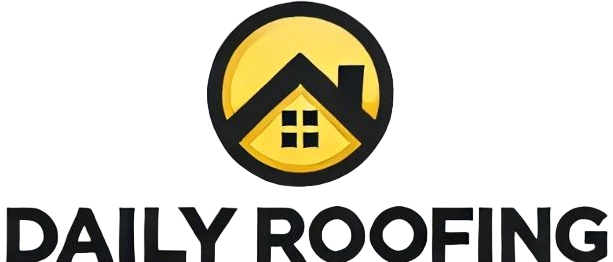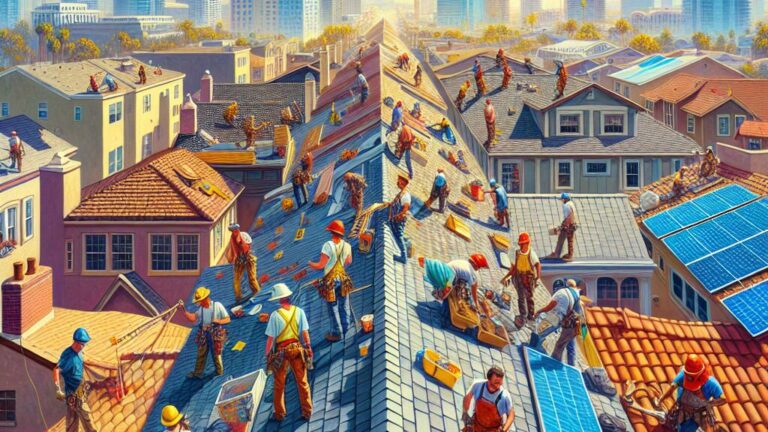Installing Metal Roofing
Installing Gutters and Downspouts
Installing gutters and downspouts is a crucial step in the metal roofing installation process. These components play a key role in directing rainwater away from your roof and foundation, helping to prevent potential water damage. When selecting gutters, ensure they are the appropriate size and material for your roofing system. Downspouts should be strategically placed to direct water flow efficiently.
Properly securing gutters and downspouts to your metal roof is essential to ensure they can withstand varying weather conditions. Utilize durable fasteners designed for metal roofs to securely attach them. Additionally, consider adding gutter guards to prevent debris buildup and clogging, which can impede water flow. By investing time and attention into this installation step, you can enhance the longevity and performance of your metal roofing system.
Directing Water Away from the Roof
When it comes to directing water away from your roof, proper drainage is crucial to prevent any potential water damage and prolong the life of your metal roofing system. One effective method is to ensure that your gutters and downspouts are installed correctly and are free from any blockages that could impede water flow.
Additionally, it is important to inspect the slope of your roof to confirm that water can flow easily towards the gutters and downspouts. Any areas where water may collect or pool should be addressed to prevent water from seeping underneath the roofing material. Properly directing water away from your roof not only protects your investment but also helps maintain the structural integrity of your home.
Inspecting the Finished Installation
After completing the installation of your metal roofing, it is crucial to conduct a thorough inspection to ensure everything is in place as it should be. Start by visually examining the entire roof surface, looking for any loose fasteners or imperfections in the metal panels. Pay close attention to the seams and connections, as these areas are prone to leaks if not properly secured.
Next, step back and observe the overall appearance of the roof from a distance. Check for any noticeable unevenness or irregularities in the alignment of the panels. Additionally, inspect the flashing and edges of the roof to ensure they are securely attached and sealed to prevent water infiltration. Taking the time to meticulously inspect your finished metal roof installation can help identify any issues early on and prevent potential problems down the line.
Checking for Loose Fasteners or Imperfections
After installing your metal roofing, it is crucial to thoroughly inspect the finished installation for any loose fasteners or imperfections. Start by visually examining the roof surface for any visible signs of loose screws, nails, or other fasteners that may have come undone during the installation process. Secure any loose fasteners immediately to prevent potential leaks and structural damage.
Next, carefully inspect the entire roof for any imperfections such as dents, scratches, or other damages that could compromise the integrity of the roofing system. Address any imperfections you find promptly to maintain the functionality and aesthetic appeal of your metal roof. By conducting a thorough inspection for loose fasteners and imperfections, you can ensure that your metal roofing installation remains durable and visually appealing for years to come.
Applying Protective Coatings
Protective coatings play a crucial role in maintaining the longevity and durability of your metal roofing. These coatings act as a barrier against environmental elements such as UV rays, rain, wind, and corrosion, protecting the metal surface underneath. By applying a high-quality protective coating, you can significantly extend the lifespan of your metal roof and ensure its aesthetic appeal for years to come.
When selecting a protective coating for your metal roof, opt for products specifically designed for metal surfaces and that are compatible with the type of metal used in your roofing system. Popular choices include acrylic, silicone, and fluoropolymer coatings, each offering unique benefits such as UV protection, weather resistance, and color retention. Before application, thoroughly clean the metal surface to remove any dirt, rust, or debris that could interfere with the coating’s adhesion. Additionally, ensure proper ventilation during the coating process to allow for optimal curing and performance of the product.
Extending the Lifespan of Your Metal Roof
To extend the lifespan of your metal roof, regular maintenance is key. One important aspect of maintenance is to keep your roof free from debris such as leaves, branches, and dirt. Regularly cleaning the roof surface and gutters will prevent clogs and buildup that could lead to water damage or rust over time.
In addition to keeping your roof clean, it’s essential to inspect your roof for any signs of damage or wear. Look for loose fasteners, paint chipping, or areas where the metal may be starting to corrode. Addressing these issues promptly can help prevent further damage and ensure that your metal roof continues to protect your home for years to come.
Regular Maintenance Tips for Metal Roofing
Regular maintenance is essential for ensuring the longevity and performance of your metal roofing. One important aspect of maintenance is regularly cleaning debris such as leaves, branches, and dirt that can accumulate on the roof. Clogged gutters can prevent proper drainage and lead to water pooling on the roof, potentially causing damage over time. Therefore, it is recommended to clean out gutters and inspect for any blockages at least twice a year to prevent water buildup.
In addition to keeping the roof clean, it is also important to inspect the metal roofing periodically for any signs of damage or wear. Look for scratches, dents, or loose fasteners that may need to be repaired to maintain the integrity of the roof. Regular inspections can help identify issues early on and prevent them from escalating into larger problems that could be more costly to fix later on. By staying proactive with maintenance, you can ensure that your metal roof stays in excellent condition for years to come.
Cleaning Debris and Inspecting for Damage
After installing a metal roof, it is important to regularly clean debris and inspect for any signs of damage. Debris such as leaves, branches, and dirt can accumulate on the roof over time, potentially causing water pooling and damage to the roofing material. It is recommended to clean the roof surface periodically using a soft-bristle broom or a leaf blower to remove any debris that may have accumulated. Additionally, inspect the roof for any dents, scratches, or signs of corrosion that could lead to leaks or other issues in the future.
Regular inspections for damage are crucial to maintaining the integrity of your metal roof. Walk around the perimeter of the building and visually inspect the roof for any visible signs of damage such as loose or missing fasteners, rust spots, or warped metal panels. Pay close attention to areas where trees overhang the roof, as falling branches or debris can cause significant damage. Address any issues promptly to prevent further damage and ensure the longevity of your metal roof.
FAQS
What are the benefits of installing a metal roof?
Metal roofs are durable, long-lasting, energy-efficient, and can increase the value of your home. They are resistant to fire, rot, and mildew, making them a great choice for any climate.
How long does it take to install a metal roof?
The time it takes to install a metal roof can vary depending on the size and complexity of the project, but on average, it can take anywhere from a few days to a few weeks to complete the installation.
Do I need to prepare my roof before installing metal roofing?
Yes, it is essential to properly prepare your roof before installing metal roofing. This includes removing any old roofing materials, repairing any damaged areas, and ensuring the roof deck is clean and in good condition.
Can I install metal roofing over my existing roof?
In some cases, it is possible to install metal roofing over an existing roof, but it is generally recommended to remove the old roofing materials to ensure proper installation and avoid any potential issues in the future.
How can I maintain my metal roof to ensure its longevity?
Regular maintenance is key to extending the lifespan of your metal roof. This includes cleaning debris, inspecting for damage, checking for loose fasteners, applying protective coatings, and directing water away from the roof using gutters and downspouts.







